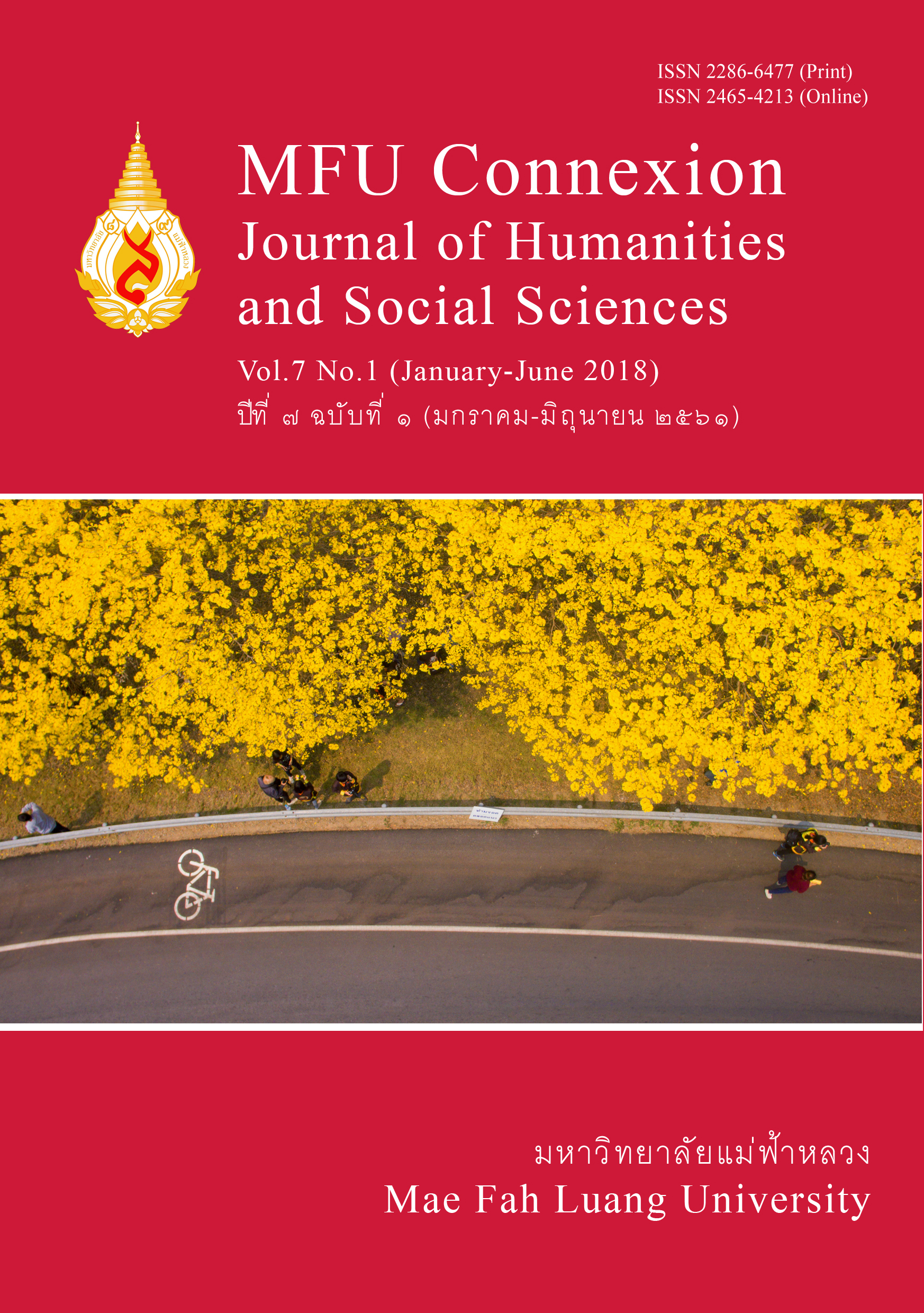Returns to Education Using a Quantile Regression: General Education and Vocational Education (in Thai)
Main Article Content
Abstract
This article is calculating returns to education between male and female workers. The sample was Thai workers aged 15-45 years old. The researcher collected data from the database on the labor force survey 2015 of the National Statistical Office and analyzed the data based on Mincer’s model and quantile regression method. It found that with the same education level, the wages of male workers were considerably higher than female worker. Male and female workers having obtained Mathayom 6 education had lower returns on education than those having obtained Mathayom 3 education about 15-22% and 22-25% respectively. Male and female workers who had a vocational certificate had higher returns on education than those with Mathayom 3 education about 32-52% and 25-38% respectively. This reflected that demand for low-skilled workers with vocational education was higher than workers who had general education in most establishments. Therefore, the government should concretely increase the number of vocational students by granting conditional funds to poor students to pursue vocational education.
Article Details
Copyright
Connexion: Journal of Humanities and Social Sciences has an exclusive right to publish the accepted articles in any form. However, the author retains the following rights:
1. The right to the ownership of the article;
2. The right to use all or part of the article in his/her other works;
3. The right to re-produce the article for personal use or for use in the author’s organisation, in which case the author must obtain permission from Connexion: Journal of Humanities and Social Sciences;
4. The right to make copies of all or part of the work for educational use or for the author’s use in classroom teaching; and
5. The right to include the work (both the preprinted and printed versions) in an institutional repository.
References
Buchinsky, M. (1994) Change in the US wage structure 1963-1987: Application of quantile regression, Econometrica, vol. 62, pp. 405-458.
Buchinsky, M. (1998) Recent advance in quantile regression model: A practical guide for empirical Research, Journal of Human Resources, vol. 33, no. 1, pp. 88-126.
Card, D. (1999) ‘The causal effect of education on earning’, in O. shenfelter & D. Card (Eds.), Handbook of labour economics, Rotterdam: Elsevier.
Chalamwong, Y. & S. Amornthum (2001) Rate of Return to Education, Thailand Development Research Institute. Human Resource and the Labor Market of Thailand.
Hawley, J. D. (2004) Changing returns to education in times of prosperity and crisis, Thailand 1985-1998, Economics of Education Review, vol. 23, no. 3, pp. 273-286.
Koenker, R. & Basset, G. (1978) Regression Quantils, Econometrica, vol. 46, no. 1, pp. 33-50.
Mincer, J. (1974) Schooling, experience, and earnings, New York: National Bureau of Economic Research.
Moenjak, T. & Worswick, C. (2003) Vocational education in Thailand: A study of choice and returns, Economics of Education Review, vol. 22, pp. 99-107.
Plubplueng, T. (2017) Return to education, quality of working life and vocational education policy choice for poor households (ผลตอบแทนการศึกษา คุณภาพชีวิตการทำงาน และนโยบายอาชีวศึกษาทางเลือกสำหรับครัวเรือนยากจน), Bangkok: The Thailand Research Fund. (in Thai)
Poapongsakorn, N., et al. (2012) Linkage between educational Institutions and labour market: Quality of graduated and shortage of qualified labour (ความเชื่อมโยงระหว่างสถานศึกษากับตลาดแรงงาน: คุณภาพผู้สำเร็จการศึกษา และการขาดแคลนแรงงานที่มีคุณภาพ), Paper present at the Annual Symposium, Thailand Development Research Institute, Bangkok Convention Center B Centara Grand Central World Hotel, Bangkok, 15 February 2012. (in Thai)
Psacharopoulos, G. (1995) The profitability of investment in education: Concept and method, Washington, DC: The World Bank.
Psacharopoulos, G. (1973) Return to education: An international comparison, Amsterdam: Elsevier.
Punyasavatsut. C, (2008) Human capital and returns to education (ทุนมนุษย์กับผลตอบแทนทางการศึกษา), Paper present at the Annual Symposium, Thailand Development Research Institute, Ambassador Hotel, Pattaya, 29-30 November 2008. (in Thai)
Srinang, J. (2014) Vocational and general secondary education: The rate of return across regions in Thailand, Southeast Asian Journal of Economics, vol. 2, no. 2, pp. 103-115.
Tangtipongkul, K. (2013) Rate of return to schooling in Thailand, Paper presented at the Singapore Economic Review Conference, Singapore 6-8 August 2013.


